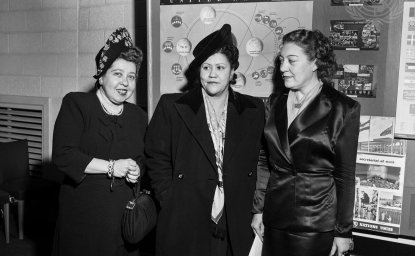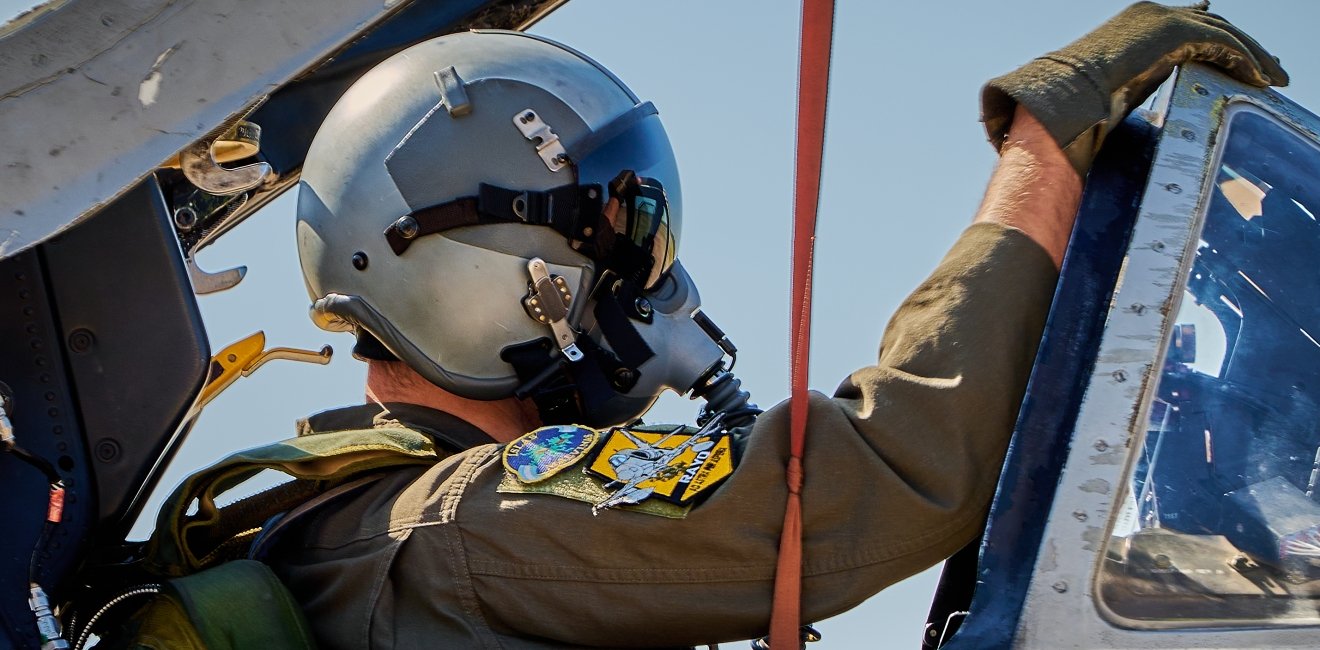
A blog of the Latin America Program
In a little-noticed decision, the United States has agreed to the potential sale by Denmark of up to 33 used F-16 Fighting Falcon fighter aircraft to Argentina. The transaction would give Argentina’s Air Force a long-awaited modern fighter fleet, undermine China’s effort to sell an alternative aircraft to Argentina, and signal a loosening of informal US restrictions on military support for Argentina that date to the Falklands War four decades ago.
Doing Without a Fighter
Argentina has been without a first line fighter aircraft since 2015, when it retired the French-built Mirage III that it deployed during the Falklands War. In the same conflict, Argentina also relied upon Douglas A-4 Skyhawks, a model first flown in the 1950s. In 1994, Argentina obtained 36 newer variants of the Skyhawk that once belonged to the U.S. Marine Corps, which enabled Argentina to retire its oldest fighters. But given the age and limited capabilities of the replacements, Argentina’s Air Force was still clamoring for modern equipment.
For decades, Argentine leaders ignored those pleas, constrained by tight budgets amid frequent economic traumas. They also had alternative priorities. Despite national pride in the Air Force’s wartime performance–it sank several British ships–the civilian governments that followed the military dictatorship had little sympathy for the once privileged armed forces.
But there was another obstacle out of Argentina’s control: British opposition to the sale of modern fighters to Argentina that contain British-made components, and US acquiescence in the informal ban.
There was another obstacle out of Argentina’s control: British opposition to the sale of modern fighters to Argentina that contain British-made components, and US acquiescence in the informal ban.”
As a result, Argentina’s Air Force stood still while its neighbors modernized their fighter aircraft fleets. In the mid-2000s, Chile acquired the Lockheed-Martin F-16 Fighting Falcon, a powerful fourth generation aircraft flown by the U.S. Air Force and in Europe. In 2014, Brazil purchased the Swedish Saab JAS-39 Gripen, also in use in the Czech Republic, Hungary, and South Africa.
Suiters
At times, it appeared Argentina had found a way to modernize its Air Force. In 2022, for example, its government notified lawmakers of its intention to spend $664 million for a new fighter aircraft, sparking interest among global aircraft manufacturers.
Competitors included the Israel Aircraft Industries F-21 Kfir, the Korea Aerospace Industries FA-50 Golden Eagle, the Mk-1A LCA Tejas, produced by India’s Hindustan Aeronautics Limited, and even Russia’s MIG-35. But the most noteworthy bid came from a new global arms dealer, China. Its candidate, the Chengdu-PAC JF-17 Thunder, produced jointly with Pakistan, was both affordable and built largely without British or US components, and so not subject to British or US restrictions on the sale of the aircraft or spare parts and armament. The fighter jet is less capable than Chile’s F-16s or Brazil’s Gripens, but Argentina was seriously considering the purchase.
Not So Fast
The possibility of Chinese fighter jets flying in the Latin American skies was unwelcome in Washington, where many issues in Latin America are viewed through the prism of great power competition. So much so that the US government apparently set aside its longstanding informal agreement with the United Kingdom and gave Denmark the green light to sell used F-16s to Argentina. The Biden administration recently notified Congress of its intention to allow the Danish sale, and sent a senior State Department official to Buenos Aires reportedly to discuss the issue.
The purchase would be a victory for Argentina’s beleaguered Air Force; the F-16 is more sophisticated than the JF-17 and would put Argentina’s capabilities on a par with its neighbors. The acquisition of Western equipment would also help prevent tensions between Buenos Aires and Washington at a time when Argentina needs US support at the International Monetary Fund.
The purchase would be a victory for Argentina’s beleaguered Air Force and would also help prevent tensions between Buenos Aires and Washington at a time when Argentina needs US support at the International Monetary Fund.
Choppy Air
That said, the sale of the Danish F-16s is not guaranteed. Denmark is also considering providing F-16s to Ukraine. For its part, Argentina is preparing to elect a new president in October. With its currency in freefall, triple-digit inflation, and 40 percent of the population living in poverty, a new government could well view new fighters–Chinese or American–as a luxury it cannot afford.
After all, Argentina’s strategic need for new fighter aircraft is unclear. War against Chile or Brazil is unlikely, as is another Argentine invasion of the disputed Falkland (Malvinas) Islands. Ultimately, Argentina might choose to limp along without a new fighter aircraft fleet. Even so, the US decision is a major policy change that reflects changing geopolitical dynamics, removes an irritant in the US-Argentina relationship, and gives new options to the Argentine armed forces.
Author

Former member of the Senior Foreign Service of the U.S. Department of State

Latin America Program
The Wilson Center’s prestigious Latin America Program provides non-partisan expertise to a broad community of decision makers in the United States and Latin America on critical policy issues facing the Hemisphere. The Program provides insightful and actionable research for policymakers, private sector leaders, journalists, and public intellectuals in the United States and Latin America. To bridge the gap between scholarship and policy action, it fosters new inquiry, sponsors high-level public and private meetings among multiple stakeholders, and explores policy options to improve outcomes for citizens throughout the Americas. Drawing on the Wilson Center’s strength as the nation’s key non-partisan policy forum, the Program serves as a trusted source of analysis and a vital point of contact between the worlds of scholarship and action. Read more


Argentina Project
The Argentina Project is the premier institution for policy-relevant research on politics and economics in Argentina. Read more

Explore More in Weekly Asado
Browse Weekly Asado
Dengue Haunts South America’s Summers

Lessons from Costa Rica’s Economic Transformation

Women and Latin America’s Digital Revolution

